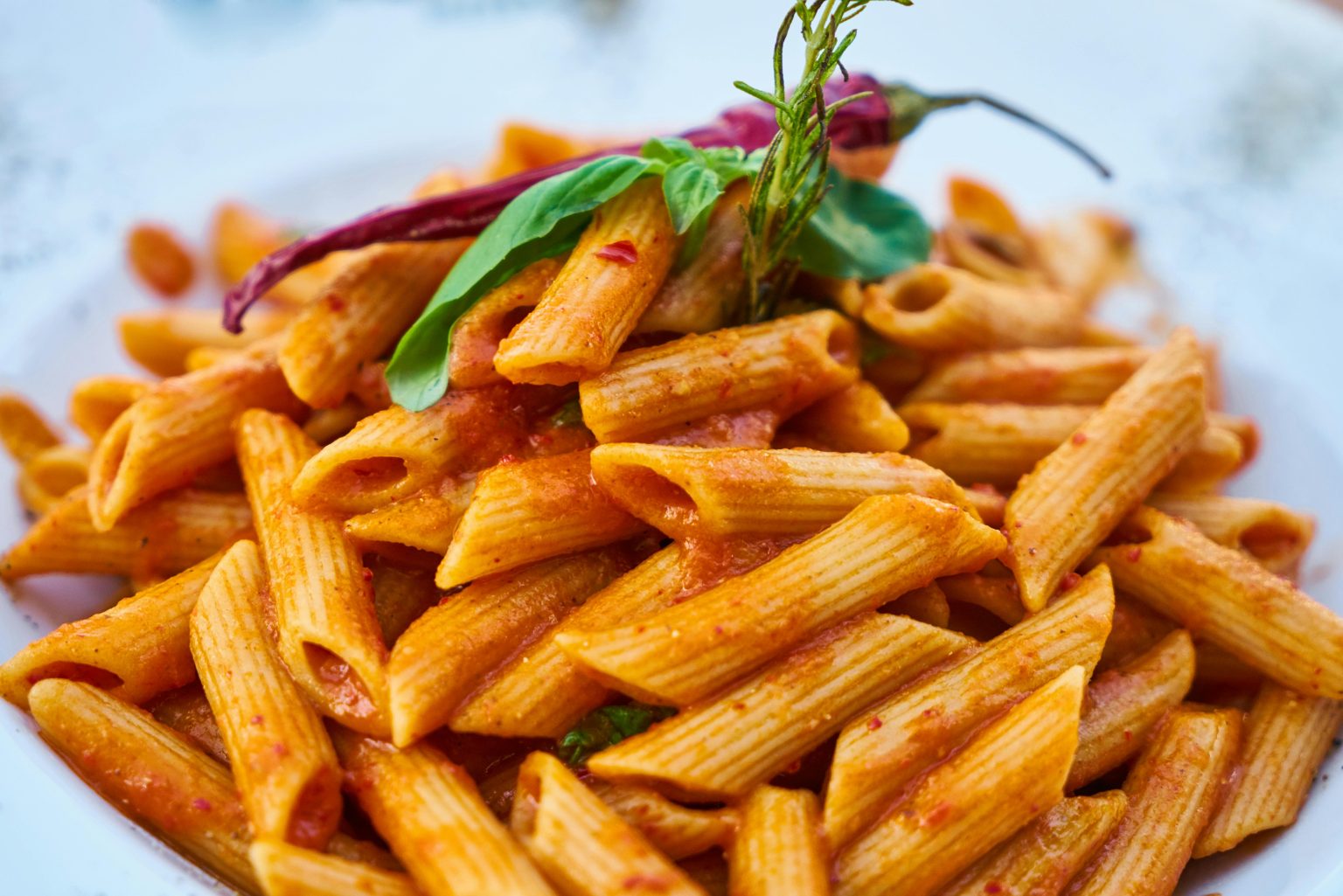An Italian cuisine specialist has identified the top errors home cooks make when preparing traditional Italian dishes, which can hugely affect the authenticity and taste.
Orazio Salvini, founder of Real Italian Restaurants, said many Brits unknowingly sabotage their cooking efforts through several avoidable errors.
The five biggest mistakes when cooking Italian dishes
- Adding cream to carbonara
- Cooking pasta in cold water
- Using excessive pasta sauce
- Using incorrect pasta shapes
- Using pre-grated cheese
“Italian cuisine suffers in British kitchens because of misconceptions passed down through generations,” he explained. “Adding cream to carbonara ranks as perhaps the biggest culinary crime against our traditional dishes.
“Authentic carbonara relies solely on eggs and cheese for its creamy texture and to true Italian food lovers, adding cream is a mark of a poor cook.”
This mistake is widespread, as research by YouGov found that while Italians consider adding cream to carbonara a serious food crime, many other countries find it acceptable.
The second major error involves pasta preparation. “Many British cooks add pasta to cold water and then bring it to a boil, but this ruins the texture completely. Always boil the water first, add salt only when boiling, then add your pasta.”
The YouGov survey confirms this is the second most-despised Italian food violation among Italians, though it remains common in the UK.
Another frequent mistake concerns sauce quantity. “British cooks often drown pasta in excessive sauce,” Salvini said. “In Italy, pasta should be coated lightly, allowing you to taste both the pasta and the sauce together.”
Using the wrong pasta shape with certain sauces ranks fourth on Salvini’s list. “Spaghetti with bolognese sauce is one of the most common errors we see. The thin strands cannot hold the thick meat sauce properly. Tagliatelle works much better for bolognese, while spaghetti pairs perfectly with lighter sauces like oil and garlic or simple tomato.”
The fifth mistake involves pre-grated parmesan cheese. “Fresh Parmigiano-Reggiano has an incredible aroma and flavour that disappears in pre-packaged versions,” Salvini said. “Grating it fresh takes seconds but transforms your dish completely.”
“Boil water before adding pasta, skip the cream in carbonara, match the right pasta shape with appropriate sauces, use less sauce overall, and always grate cheese fresh.”
He added that simple cooking methods often yield the best results with quality ingredients. “Italian cuisine celebrates simplicity. With just a few high-quality ingredients handled correctly, you can create truly authentic dishes at home.”
The YouGov research identified 11 practices Italians consider culinary crimes against their cuisine, with putting ketchup on pasta ranking as the most offensive, followed by cooking pasta in cold water, and pineapple on pizza.
The study assigned an acceptability score to each offence, with positive numbers meaning more people consider it acceptable than unacceptable, and negative numbers meaning the reverse.
The 10 biggest Italian food offences, according to YouGov
| Food Offence | Acceptability Score: Italians | Acceptability Score: Brits | |
| 1 | Having ketchup with pasta | -82 | -33 |
| 2 | Putting pasta in cold water and then boiling it | -71 | -17 |
| 3 | Having pineapple on a pizza | -63 | +24 |
| 4 | Having pasta as a side dish | -55 | +35 |
| 5 | Cutting long pasta with a knife | -46 | +26 |
| 6 | Including cream in carbonara sauce | -45 | +45 |
| 7 | Having cheese on pasta than contains seafood | -39 | +15 |
| 8= | Rinsing off cooked pasta under cold water | -23 | +3 |
| 8= | Drinking cappuccino after an Italian meal | -23 | +56 |
| 9 | Not adding salt to boiling water for pasta | -17 | +16 |
| 10 | Having garlic bread with a pasta dish | -14 | +80 |
The offences that had the biggest discrepancy in acceptability across Italians and Brits were as follows: having garlic bread with pasta (94 point difference), adding cream to carbonara (90 point difference), and having pasta as a side dish (90 point difference).
The Real Italian Restaurants expert concluded, “the beauty of Italian cooking lies in its simplicity. Once you understand a few fundamental principles, creating authentic Italian food becomes much easier.” These include:
- Simplicity > complexity. Use fewer but higher-quality ingredients. Don’t overdo it, and invest more in good olive oil, bread, and cheese.
- Timing is everything. Technique and patience are essential to Italian cooking. Simmer sauces slowly and toss the pasta when it’s al dente.
- Cook with love. Equivalent to measuring with your heart, use ‘just enough’ of each ingredient to suit your palate. Taste as you go and adjust accordingly.
